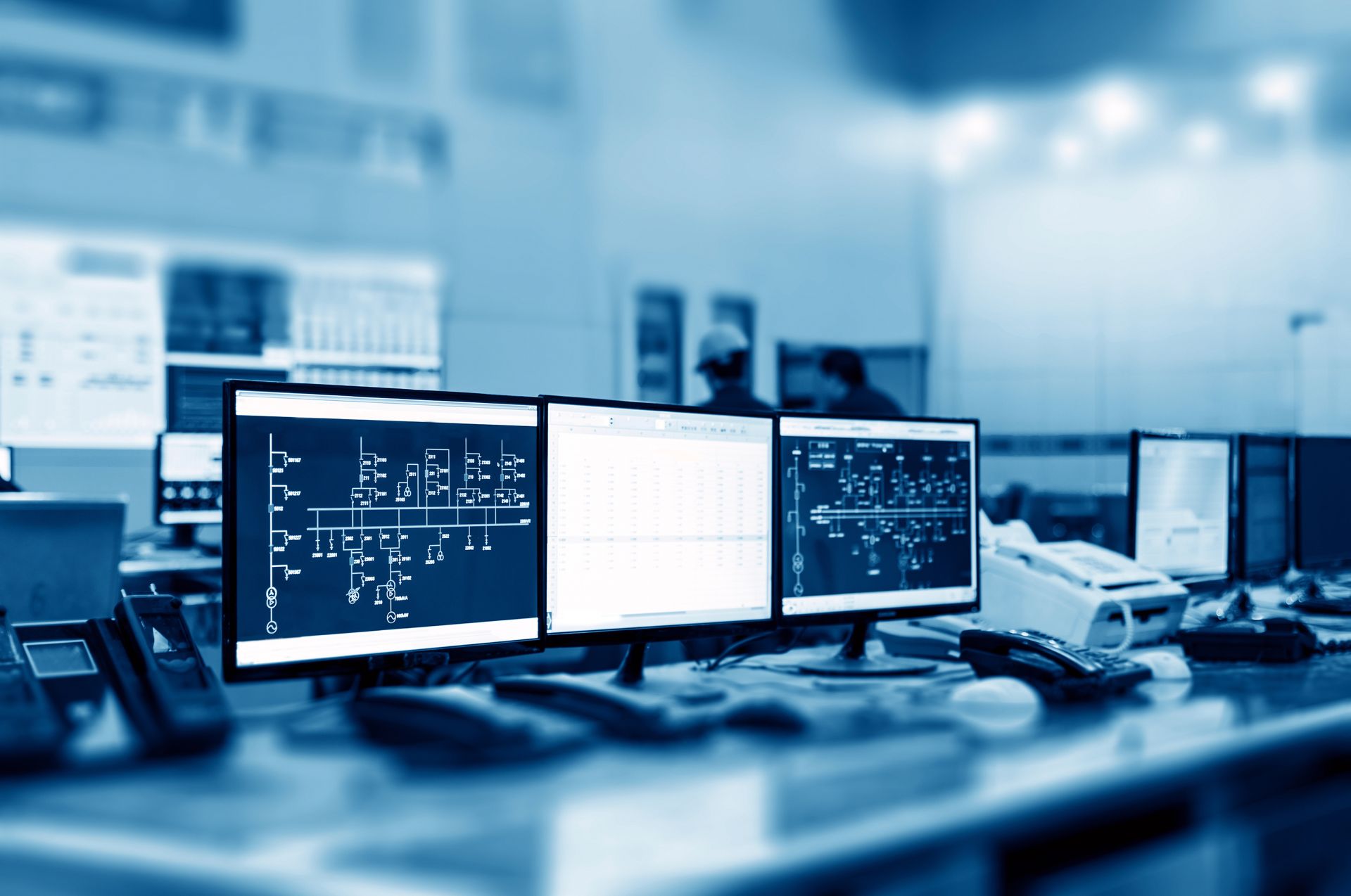The electric power system is a complex network of generators, transmission lines, distribution lines, and end-users. The system is divided into four layers, each with its own unique characteristics and functions. In this article, we will explore these four layers, including the transmission layer, the distribution layer, the regional layer, and the 0.4 kilovolts layer. We will also discuss how these layers are interconnected and how energy flows through the system.
The transmission layer
If we consider the energy system as a pie made up of four layers, then at the very top will be the transmission layer – this is the main layer of the network. It consists of high-voltage power lines, large power plants and system-forming substations. The feature of this layer is that power plants generate large amounts of energy. The large high-voltage lines of the main network connect all elements. This network works completely in a ring. That is, all elements are connected with all others through electrical lines. In theory, energy can be transmitted from any object to each. Of course, this is not done because there is no need. It is important to understand that this layer represents a unified organism where energy is generated in large volumes and transported over long distances. Further, it goes to hub substations. In hub substations, there are bridges that connect the upper transmission layer with the next layer.
The transmission layer is controlled by system operator dispatchers. This is the dominant structure. The dispatcher of the entire dispatch system is the system operator. The dispatcher is responsible for the stability and security of the transmission layer, as well as for the coordination of all its elements. The system operator also controls the transmission layer, but on a higher level, and is responsible for the overall stability and security of the entire energy system.
The distribution layer
The distribution layer is the next level in the electrical grid system, following the transmission layer. It involves transformer substations that receive energy from the main grid at voltages of 275 or 400 kilovolts and lower it to 132, 275 kilovolts. These substations act as bridges between the transmission and distribution layers, and can be considered as regional distribution layers. Through these substations, energy is sent down to a lower level, where it meets smaller energy systems consisting of 132 kilovolt lines, substations, and even small power plants. These can include local power plants, small solar and wind energy facilities, which generate energy within the distribution layer.
The distribution layer is made up of our 132 kV networks and here we can see local islands. These are regional high voltage energy systems. Each island has its own control center. Note that the control center of a central control center (CCC) is more complex than that of a national energy system. It has more lines and substations, and may even have more power plants. Voltage in these islands is lower, and it is distributed to final consumers – residential, industrial, commercial customers.
The regional Layer
We are descending from the 132 kilovolt layer to the 11, 33 kilovolt layer to the regions, and we see that we have many, many, many, many islands not connected to each other. That is, we get many networks and many dispatchers who control their regions. The feature of the regional layer is that it is no longer a closed ring. Small islands are trees.
The task of third-level dispatchers is to direct energy from the 110 substation to consumers. To withdraw and introduce lines for repair, give commands, and also monitor the load on the lines. When lines are withdrawn or introduced for repair, they are included in the ring so that the consumer does not notice the switch. In normal time, the lines of this layer work in a dead-end mode. That is, energy has reached the consumer and is consumed. If you look at the control panel of a distribution network, it is covered with lines and transformer substations 10 to 0.4 kV. In terms of density, the distribution network is even higher than the regional high-voltage and much higher than the transport network.
The 0.4 kilovolts layer
When the voltage is lowered from a substation’s 11 kilovolts to 0.4 kilovolts, it reaches the homes and offices. The lines that come from the substation on the 11 kilovolts level are not looped and go directly to the distribution panel and to specific consumers. On this fourth layer, there are also often district electrical network dispatchers. Energy flows from the upper layers to the lower layers, is distributed and flows even lower. It becomes no longer closed and comes to the consumer in the form of a graph.
The electric power system is divided into four layers, each with its own unique characteristics and functions. The generation layer is where electricity is produced, the transmission layer is responsible for moving electricity long distances, the regional layer is responsible for controlling and managing the transmission of electricity, and the distribution layer is responsible for distributing electricity to end-users. These layers are interconnected through transformers, and energy flows through the system from the top layer to the bottom layer. The end-users receive the energy in the form of a graph. In this article, we will explore these four layers and how they work together to provide electricity to homes and businesses.

